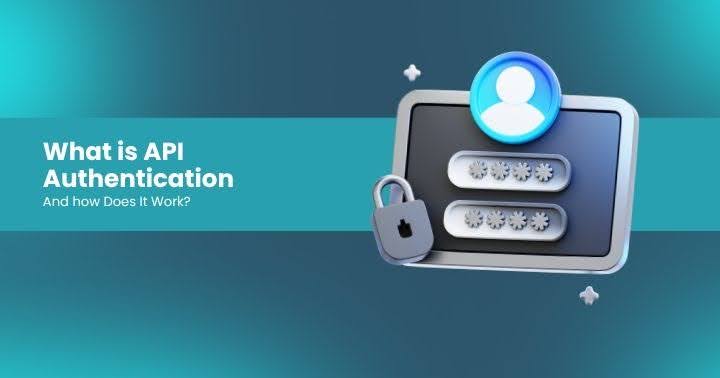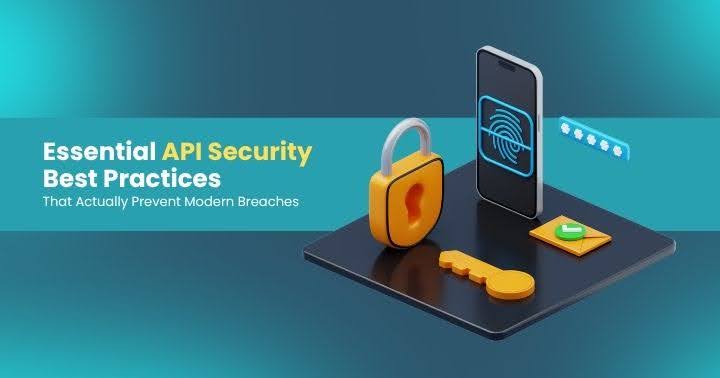7 Deadly Sins of API Security Testing
In the realm of API security testing, there are several critical mistakes that can compromise the integrity and safety of your applications. Let's dive into the seven deadly sins of API security testing and discuss how to avoid them.
.png)
Sin #1: Timing Missteps
Timing is everything in API security testing. Starting your tests too early or too late can lead to ineffective security measures. Defects are often introduced during the coding phase, but they're typically discovered during functional and system testing. By implementing static application security testing (SAST) early on, using tools like SonarQube, many vulnerabilities can be caught at the architectural level before the code reaches other testers. Dynamic application security testing (DAST), with tools like Burp Suite's API scanner, can simulate attacks to identify weaknesses. However, DAST tools don’t fully understand the application, which is where Human Application Security Testing (HAST) comes in, combining manual efforts with automation using tools like Postman.
Sin #2: Ignorance
Lacking visibility into your APIs is a significant risk. Shadow APIs, rogue APIs, zombie APIs, and undocumented APIs pose threats if they aren’t well-documented and inventoried. It's crucial to keep an up-to-date inventory of all API assets, including those consumed from third parties. Automated tools can generate documentation, but they may not always be accurate or comprehensive. Regular API discovery and visibility efforts are essential to mitigate risks from undocumented endpoints.
Sin #3: Negligence
Neglecting thorough reconnaissance of APIs leads to missed vulnerabilities. Failing to fingerprint the entire application and its features means overlooking potential attack surfaces. It’s essential to understand every role, tenancy model, and feature of the application. Proper recon includes checking API spec docs against actual implementations, verifying data structures, and testing boundaries and behaviors. Tools like OSDF can help detect changes and drift in APIs, providing early warnings for potential vulnerabilities.
Sin #4: Chaos
Lack of planning results in uncoordinated and haphazard testing efforts. OWASP provides extensive guidance on how to structure your testing. The API Security Top 10 is a good starting point, but the Application Security Verification Standard (ASVS) offers a more detailed approach. Following these guidelines helps prevent irregular testing schedules and ensures vulnerabilities are reported and tracked efficiently. Without a structured plan, you risk missing critical vulnerabilities and failing to communicate effectively with development teams.
Sin #5: Overambition
Trying to test everything at once can lead to burnout and ineffective security measures. Focus on high-priority areas first, such as authentication, authorization, and session management. These areas are critical as they form the foundation of API security. Starting small and iterating your testing approach allows for manageable progress and ensures thorough coverage without overwhelming your resources.
Sin #6: Blame
Creating a hostile environment between security testers and developers hampers progress. It’s vital to foster collaboration rather than an adversarial relationship. Include proof-of-concept exploits in vulnerability reports to help developers understand and reproduce issues. Map vulnerabilities to CWEs to provide clear guidance on mitigation. This collaborative approach not only improves the relationship but also enhances the overall security posture.
Sin #7: Blind Faith in Tools
Relying solely on vendor products for security testing is a mistake. Security testing is a process, not a product. While tools like SAST and DAST are invaluable, they cannot replace the nuanced understanding and testing that humans provide. A comprehensive security strategy involves a combination of tools and manual efforts to ensure thorough and effective testing. Evaluate your tools critically to ensure they support your testing plan and provide meaningful results.
Moving Forward
Avoiding these seven sins requires a strategic approach to API security testing. Start your testing early and at the right phases, ensure visibility into all APIs, conduct thorough reconnaissance, and follow a structured plan. Focus on high-priority areas, foster collaboration with developers, and use tools to support your testing efforts, not replace them.
If you’re passionate about API security testing, check out API Hacker Blog, a free weekly newsletter dedicated to API hacking and security testing. Join the community, stay updated, and share your feedback on what you want to learn next about API security.
By understanding and avoiding these common pitfalls, you can build a robust API security strategy that protects your applications and data from vulnerabilities and attacks.
Watch Dana's recent talk at API|SEC CON here!
Latest Articles
Earn your APIsec University Certificate
Earn an APIsec University certificate and badge for completing any of our courses.
Post your badge on LinkedIn and share your accomplishments. You can even receive CPE credits for taking these courses.











